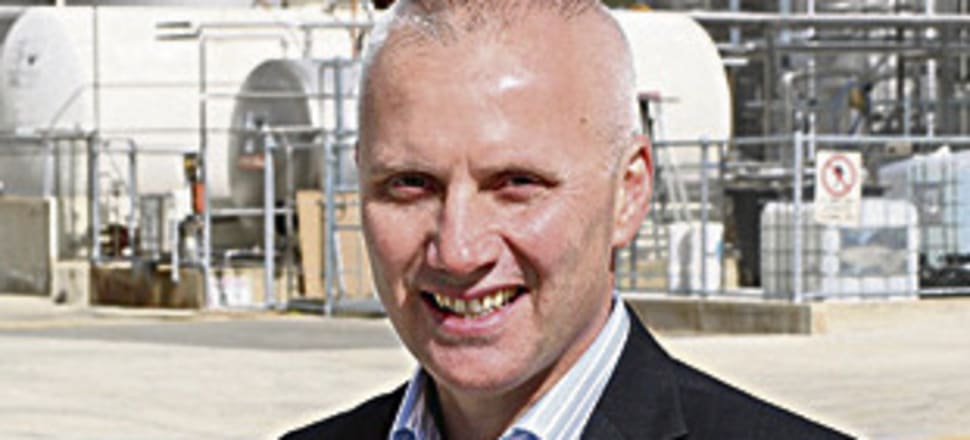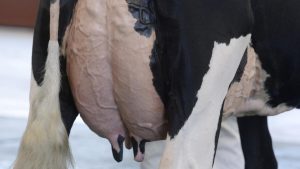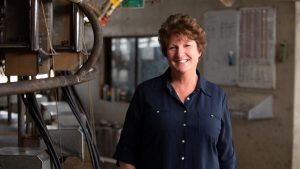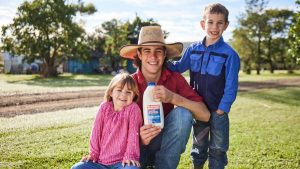
The figures, outlined in the company’s March Global Dairy Update, reveal milk collection across Australia has fallen 17 per cent this financial year.
On-farm conditions, cull cow rates, retirements in key regions and milk collection losses have been blamed for the losses.
According to Dairy Australia’s March Milk Production Report, Victorian milk production in January fell 14.4 per cent on last year, with northern Victoria down by 27.2 per cent on January last year.
The figures come after it was revealed in February that Fonterra Australia had offered some suppliers to its Stanhope plant an extra 70¢/kg payment for those who signed up to a deal requiring a commitment on volume and quality.
At the time Fonterra acknowledged it was not getting enough milk for its recently upgraded Stanhope factory.
Fonterra Australia managing director Rene Dedoncker said in February that the company consulted a group of farmers in the region to ask if the company should take on new contracts, and offer a premium to compensate for high input costs, or reject the contracts.
The answer was to offer a price incentive.
A number of dairy farmers have been forced to leave the industry in recent months, as a combination of high water and feed prices and ongoing dry conditions take their toll.
The town of Cohuna alone has seen a number of dairy farms close their farm gates.
Yet despite the low milk input figures revealed in the March update, Australian dairy exports increased 32 per cent or 16000MT in January compared to the past year according to the company.
‘‘This growth was due to SMP (skim milk powder), infant formula, fluid products and whey powder up a combined 18000MT. This was offset by a decline in WMP (whole milk powder) of 3000 MT.’’

























